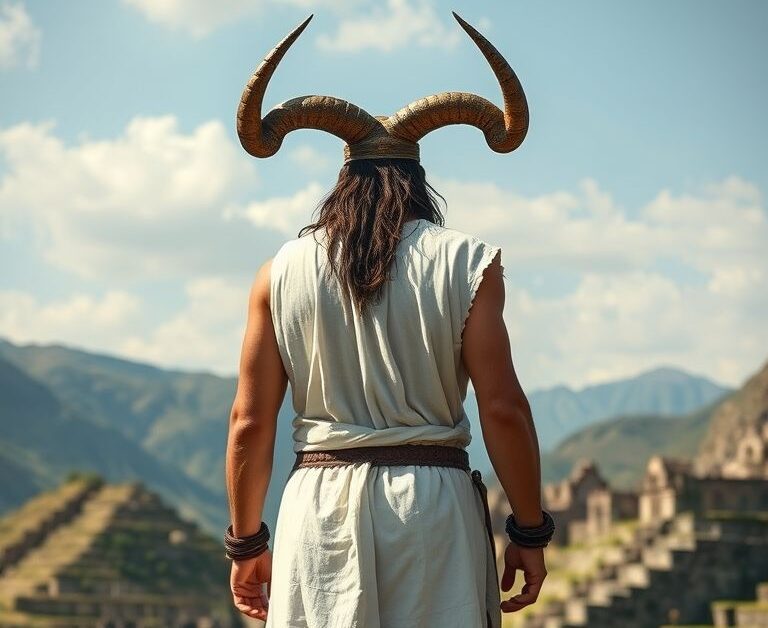
For centuries, historians, archaeologists, and theologians have debated the true location of Dhul-Qarnayn’s journey to the West — mentioned in the Quran (Surah Al-Kahf, 18:83–98). Where did he travel when he “reached the place where the sun set, and found it setting in a spring of dark water”?
After three years of independent comparative research — bridging Quranic verses, Biblical records, and archaeological evidence from the Andes — I, Hira Ansari, propose that Dhul-Qarnayn’s western journey reached Peru, the ancient Land of the Four Quarters (Tawantinsuyu), known as the Navel of the Earth in Inca cosmology.
🌅 The West in Quranic and Biblical Geography
When the Quran describes Dhul-Qarnayn’s travel “to the place of the setting sun,” it is not merely a direction but a geographical extremity — the farthest western point of the known world from Jerusalem.
If we trace that westward line on a modern map, it leads directly to Peru in South America — literally the farthest western landmass on Earth from the Holy Land.
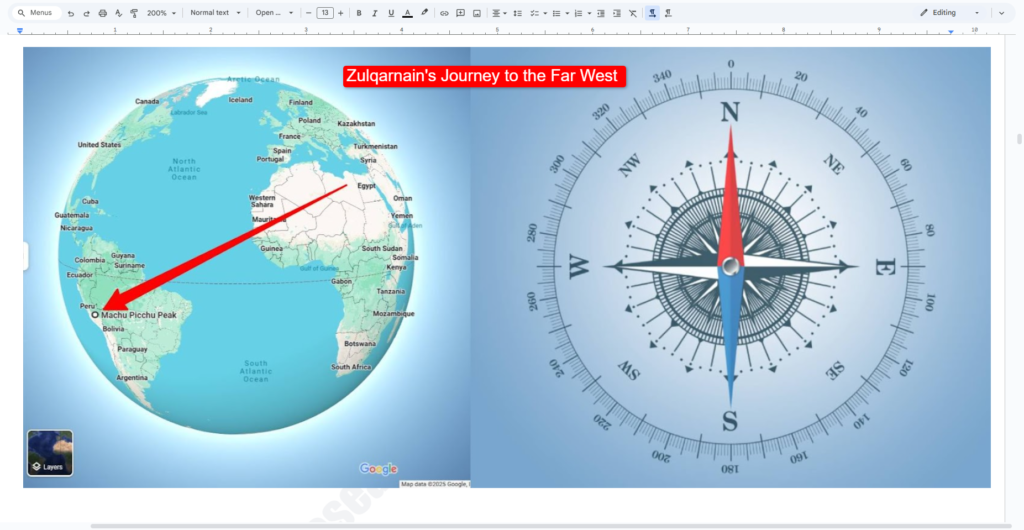
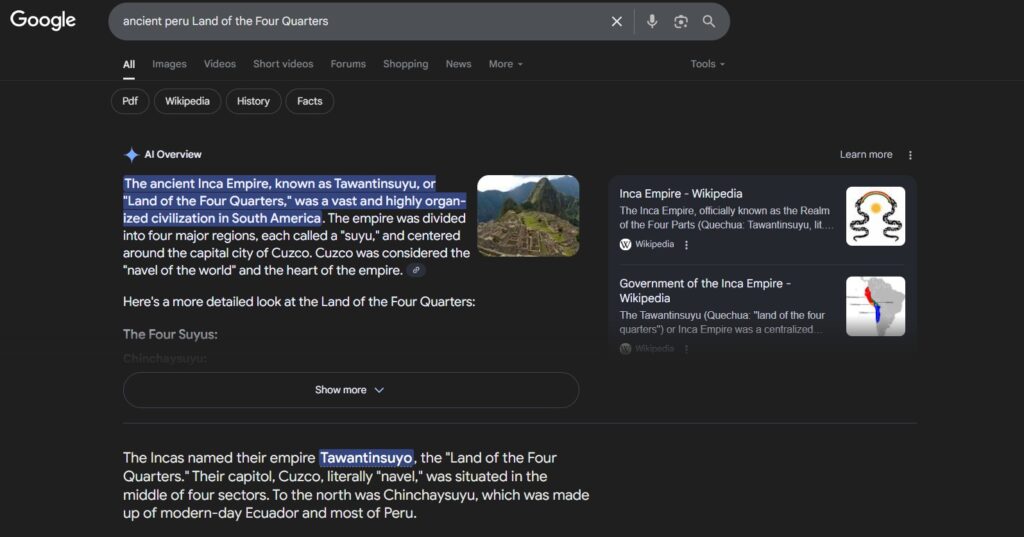
In this light, ancient Andean geography remarkably aligns with the Quranic and Biblical descriptions:
| Scripture Reference | Symbolic Description | Geographic Match in the Andes |
|---|---|---|
| Quran 18:86 – “He found it setting in a spring of dark water.” | “Dark water” symbolizes reflection — possibly terraces filled with dark Terrapreta soil and water mirrors used for solar worship. | Cusco and Machu Picchu – ancient sun mirrors made of black granite reflecting the setting sun. |
| Ezekiel 38:6, 39:2 – “Prince of Meshech and Tubal from the far north.” | “Far North” in early cartography referred to Norte Chico, ancient Peru’s northern coast. | Norte Chico Civilization, Peru’s oldest known culture. |
| Enoch 26:1–2 – “I saw deep ravines in the cursed valley of the Earth’s navel.” | The “navel of the Earth” is both a literal and mythic term found in Inca texts describing Cusco and Machu Picchu. | Cusco and Machu Picchu, still known as the Navel of the World. |
🏔️ The Land of Four Quarters: The Pillars of the Earth
Both the Bible and ancient Incan inscriptions describe the Earth as having four corners or four quarters. In Hebrew cosmology, these referred to the extremities of the inhabited world.
In Andean tradition, Tawantinsuyu literally means “the land of four quarters” — a term perfectly mirroring the Biblical concept.
The arched body of the Egyptian goddess Nut — representing the sky — and the reclining earth god Geb symbolically align with this geography.
Nut’s arch, stretching across the heavens, mirrors the high arc of the Andes encircling the Sacred Valley, while Geb’s reclining body parallels the Machu Picchu ridges — the “sleeping Earth god.”
Such symbolic parallels across cultures are unlikely to be coincidental. They hint that the same sacred geography was known to both Egyptian and Andean civilizations — perhaps preserved from a pre-flood global culture.
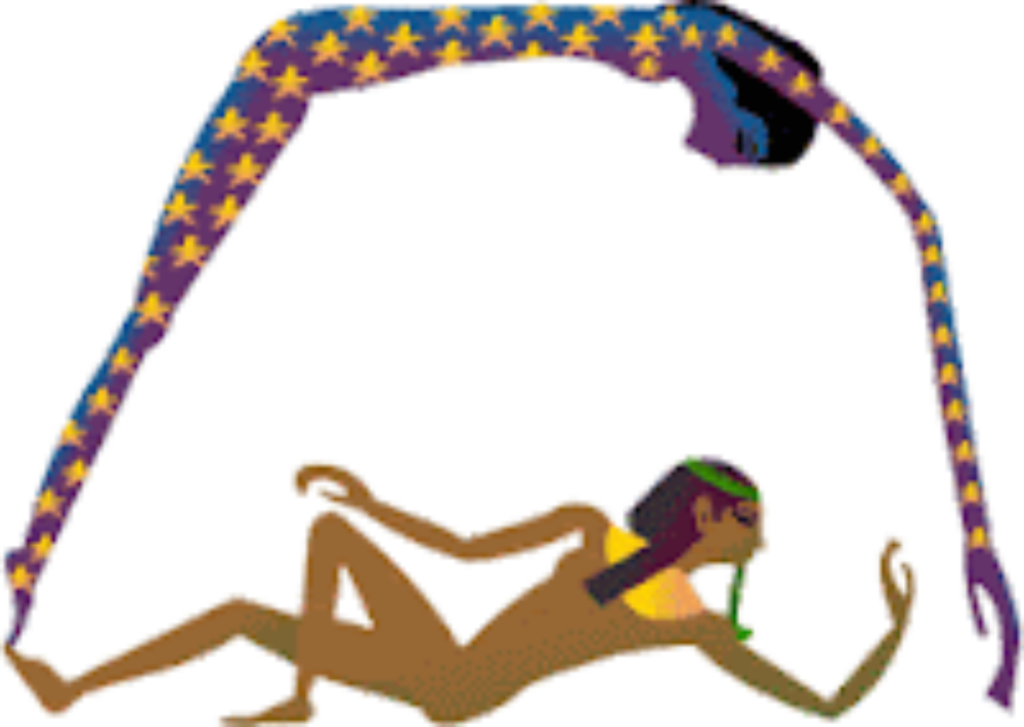
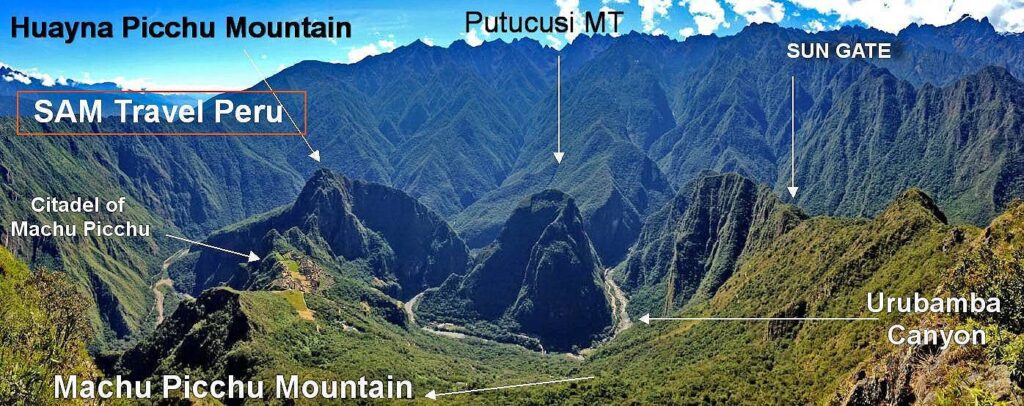
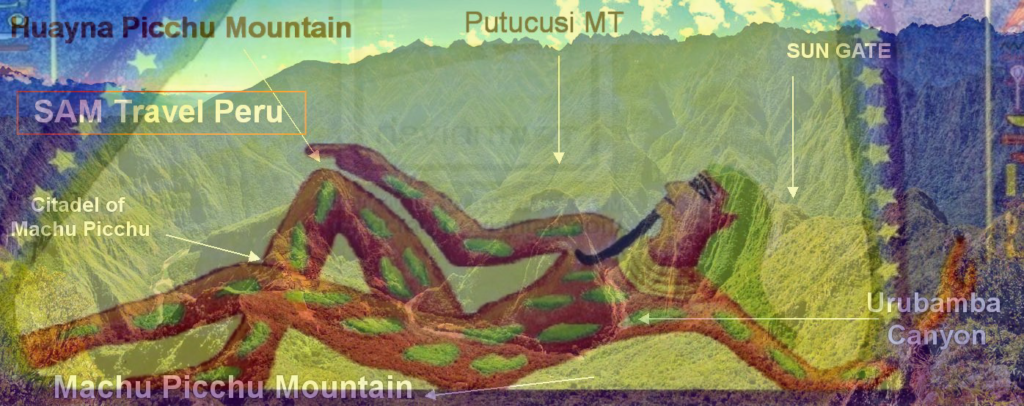
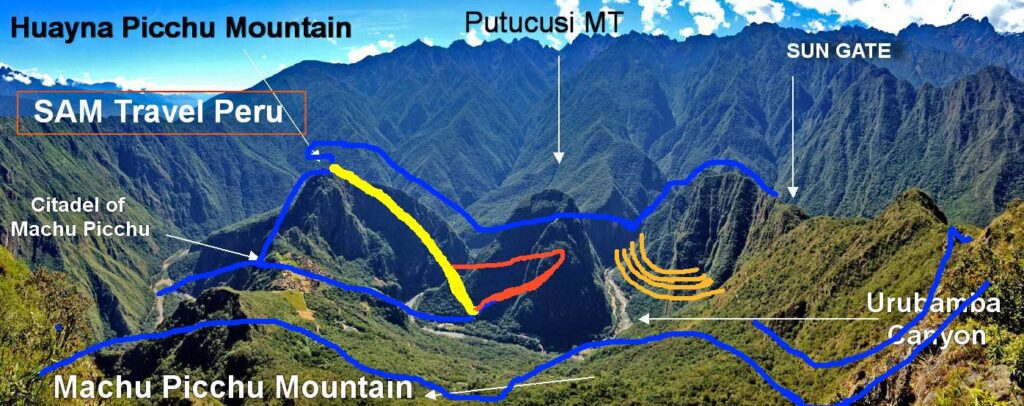
🧱 The Wall of Gog Magog (Yajuj Majuj): A Sealed Passage
My research concludes that the “wall” built by Dhul-Qarnayn was not a massive vertical barrier between mountains but a horizontal sealing of an underground passage — a tunnel to the Earth’s crust.
This interpretation aligns with Quranic verses describing the people who begged Dhul-Qarnayn to “build a barrier” against Yajuj and Majuj, destructive beings emerging from beneath the Earth.
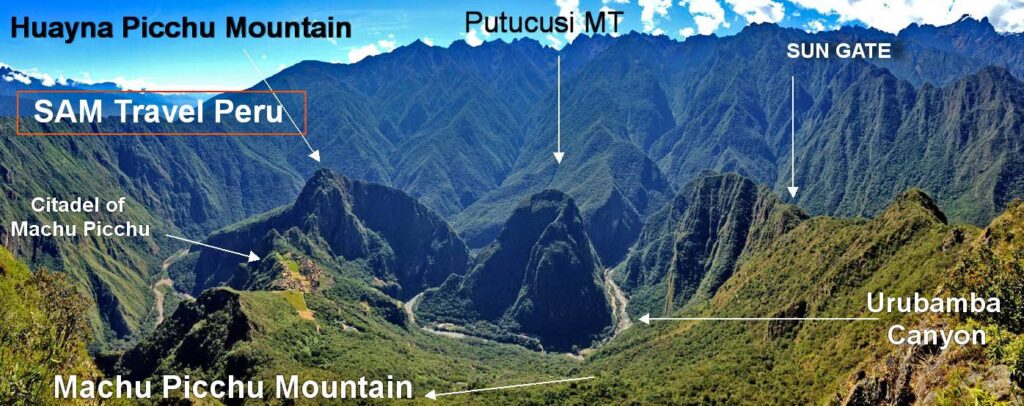
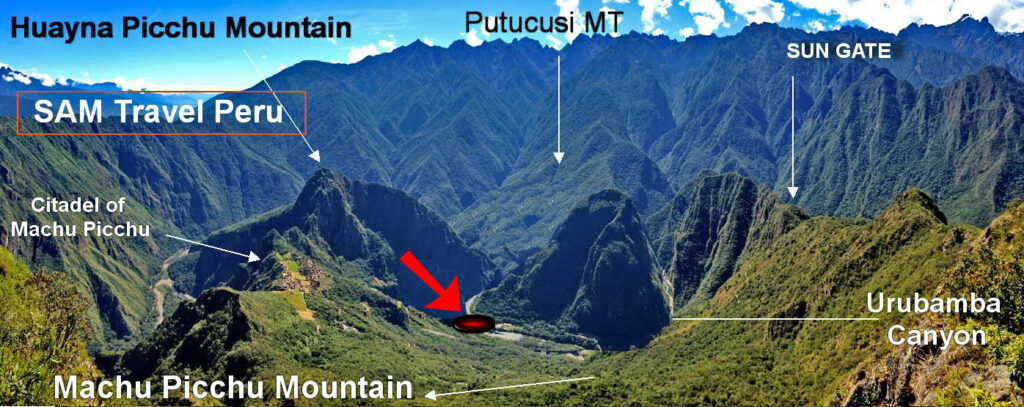
Evidence suggests this sealed tunnel or “horizontal wall” lies beneath the Andes — possibly between Mount Putucusi and the Sacred Valley, near the “navel of the Earth.”
In the Quran (11:40–44), the word “tanoor” refers to the moment the Flood of Noah began — “when the tanoor overflowed.” Linguistically, tanoor may describe a geothermal vent or earth’s fissure, strengthening the idea that this same vent or “navel” was later sealed by Dhul-Qarnayn after the flood to imprison the rebellious tribes — Gog and Magog.
🏺 Echoes from Egypt: The Greenfield Papyrus
The Egyptian Greenfield Papyrus (c. 950 BCE) contains a mysterious depiction of a two-horned figure imprisoning a divine prince beneath the Earth — a scene eerily similar to Dhul-Qarnayn’s Quranic account.
If read symbolically, it records the sealing of a subterranean realm — possibly the same event preserved in Andean myths of Viracocha and the imprisoned gods beneath the mountains.
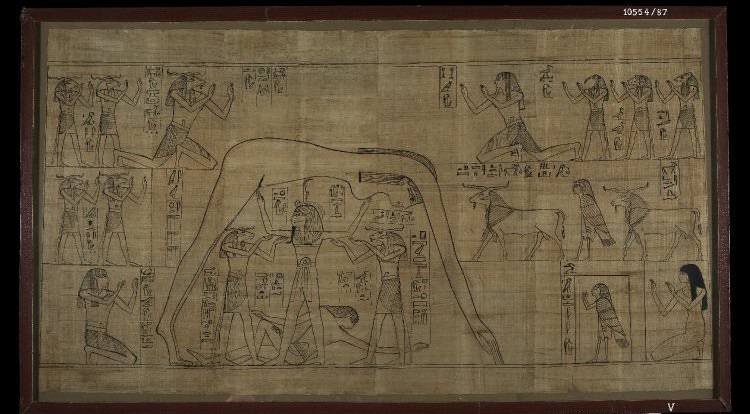
Thus, the Quranic, Biblical, and Egyptian records converge on a single narrative:
A righteous ruler traveled to the far west, sealed a subterranean civilization beneath the mountains, and marked the site known today as Machu Picchu — the Navel of the Earth.
🧩 Conclusion
This synthesis of sacred texts and archaeological patterns suggests that Dhul-Qarnayn’s western journey may have reached the Andes, where he sealed the subterranean passage of Gog and Magog, preserving humanity from further destruction.
It also reveals why this region — sacred to the Incas, mirrored in Egyptian iconography, and hinted at in ancient scripture — became the forgotten heart of pre-flood civilization.
📘 Full Research Book by Hira Ansari:
“The Wall of Gog of Magog: The Sealed Navel of Earth in the Land of Four Quarters”
👤 About the Author
Hira Ansari is an independent researcher, WordPress developer, and digital strategist based in Dubai. Her groundbreaking research connects Quranic archaeology, ancient Andean civilizations, and Egyptian cosmology through a scientific and linguistic lens.
Her recent work, “The Wall of Gog of Magog: The Sealed Navel of Earth in the Land of Four Quarters,” decodes ancient maps and artifacts that bridge scripture with pre-Columbian archaeology.
Join her discussion spaces for open research dialogue and collaboration:
🔹 Quora: The Journey of Zulqarnain
🔹 Facebook Group: Wall of Dhul-Qarnayn Research Group
🔹 Watch Research Discussions: YouTube Video